Pure-Pak®, Elopak and Sustainable Packaging
These Pure-Pak® paper cartons entered The Henry Ford’s collections in 1971 as part of a donation from David Gwinn, president of Pennbrook Milk Company. They document a type of disposable paper packaging for liquids that has a long history and current significance as manufacturers rethink their products in light of environmental stewardship.
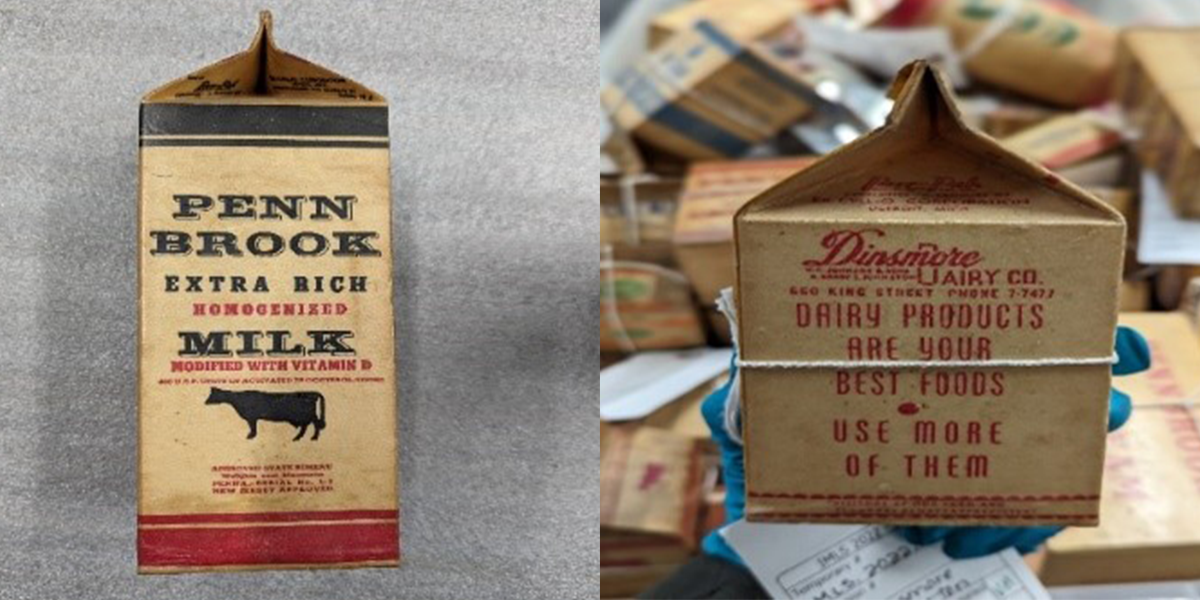
Penn Brook carton and Dinsmore Dairy carton / reference photos
The earliest milk containers were metal, ceramic or glass. Urban consumers concerned about product purity and without a dairy cow purchased milk in mass-produced glass bottles starting after 1883. The inventor of these glass milk bottles, Hervey D. Thatcher, embossed them with “Absolutely Pure Milk” and “The Milk Protector” to reinforce the utility of the reusable glass containers. You can read more about the Thatcher Glass Manufacturing Company Collection at the Corning Museum of Glass here. Milk delivery services delivered full glass bottles and picked up empties so dairies could sanitize and reuse them.
The quest for a shatter-proof container prompted John Van Wormer, a toy manufacturer in Toledo, Ohio, to innovate. He applied for a patent for a “paper milk bottle” in 1912 and a “folded blank box” in 1913, which was updated to include a built-in spout in 1914. The U.S. Patent Office granted each application in 1915.
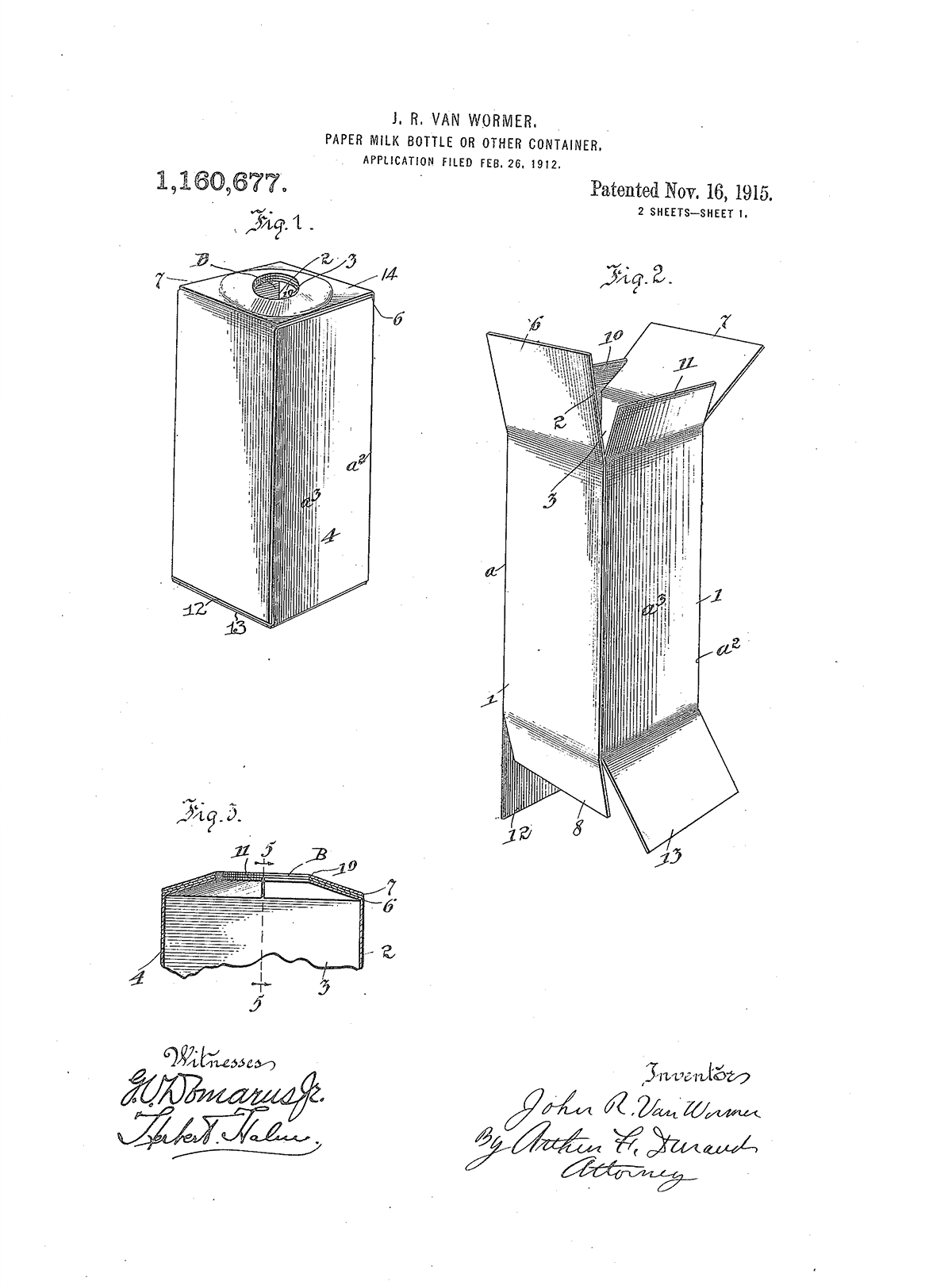
John Van Wormer, "Paper Milk Bottle," Application 1912, U.S. Patent, November 1915
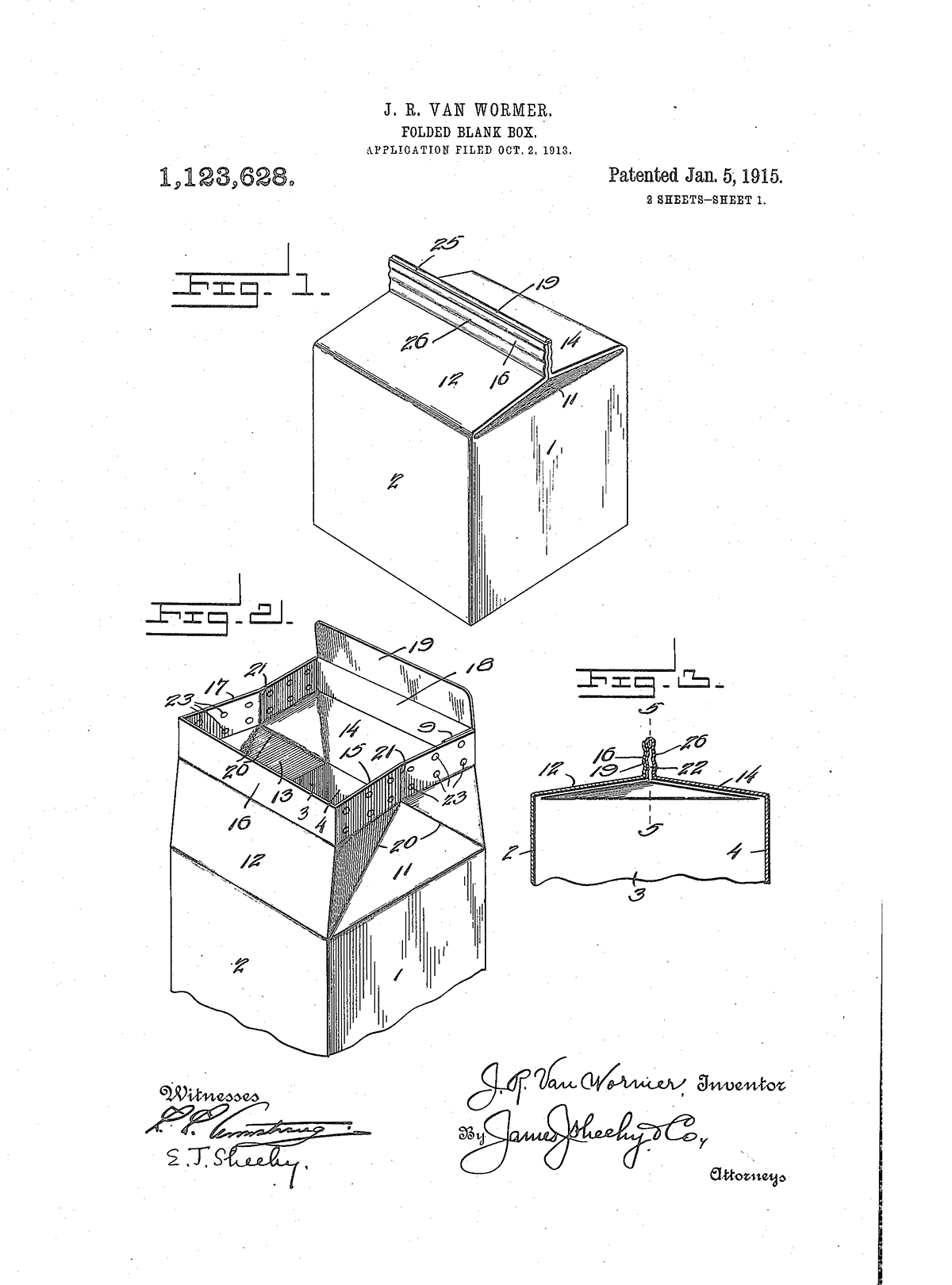
John Van Wormer, "Folded Blank Box," Application 1913, U.S. Patent, January 1915
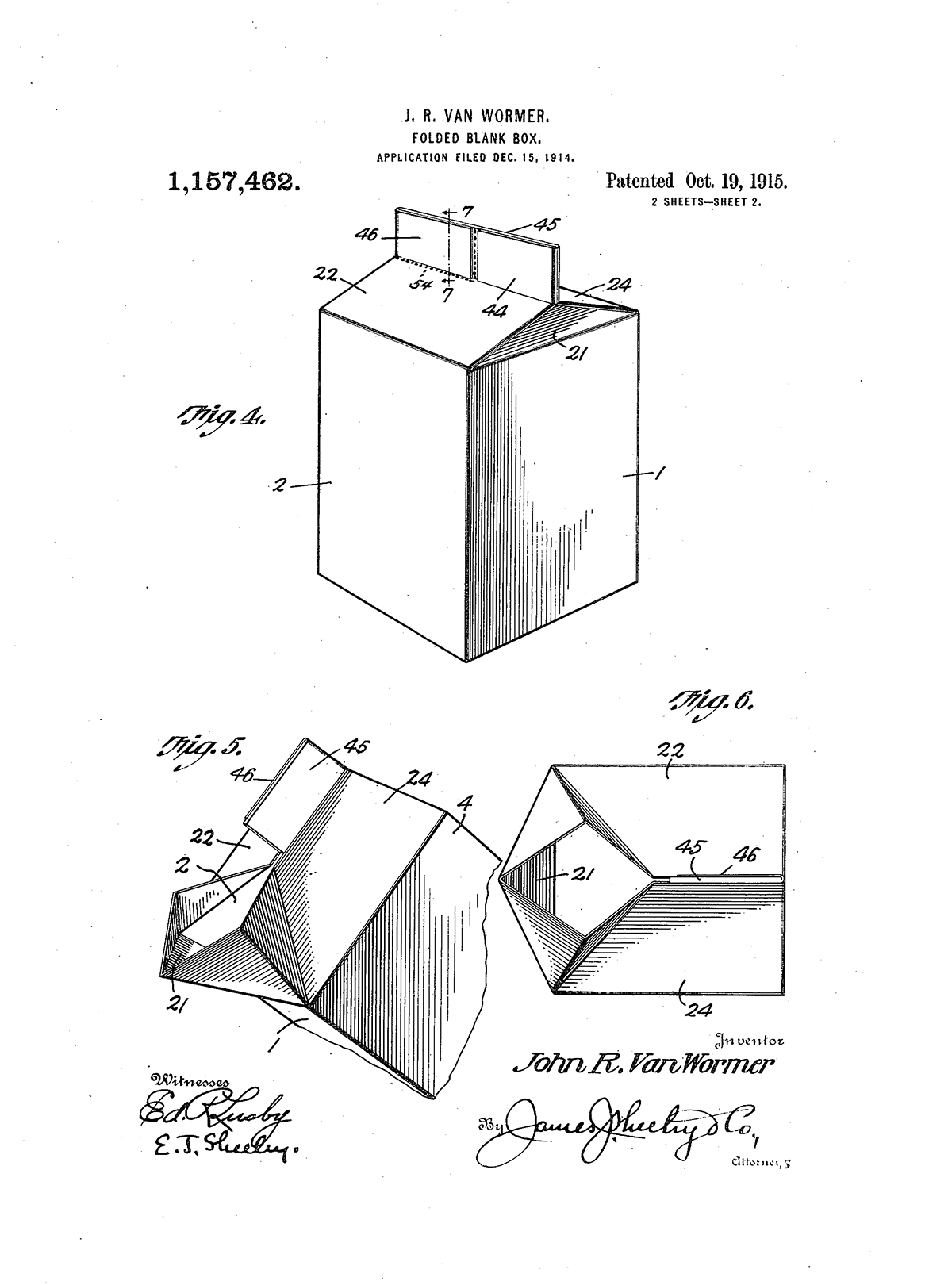
John Van Wormer, Spout for "Folded Blank Box," Application 1914, U.S. Patent, October 1915
Inventor Van Wormer believed that the paper milk packaging ensured the purity of the contents. Companies that manufactured traditional glass bottles, however, did not give up their share of the milk packaging market willingly. Van Wormer sold Pure-Pak® to the American Paper Company in 1928. Production still lagged as the American Paper Company lacked a machine to fabricate the cartons in large volumes. The company contracted with Ex-Cell-O, a machine manufacturer formed by former Ford Motor Company employees. In 1937, mass production of Pure-Pak® containers with spouts began. Thereafter, milk processors and distributors rapidly adopted the inexpensive, disposable, wax-coated containers. You can read more about Pure-Pak® here.
The Henry Ford’s collection of Pure-Pak® and similar folding cartons for liquids enriches our understanding of the range of packaging options available between the 1910s and the present. Selected photographs in THF's digital collections confirm that glass bottles remained popular even as Pure-Pak® gained market share.
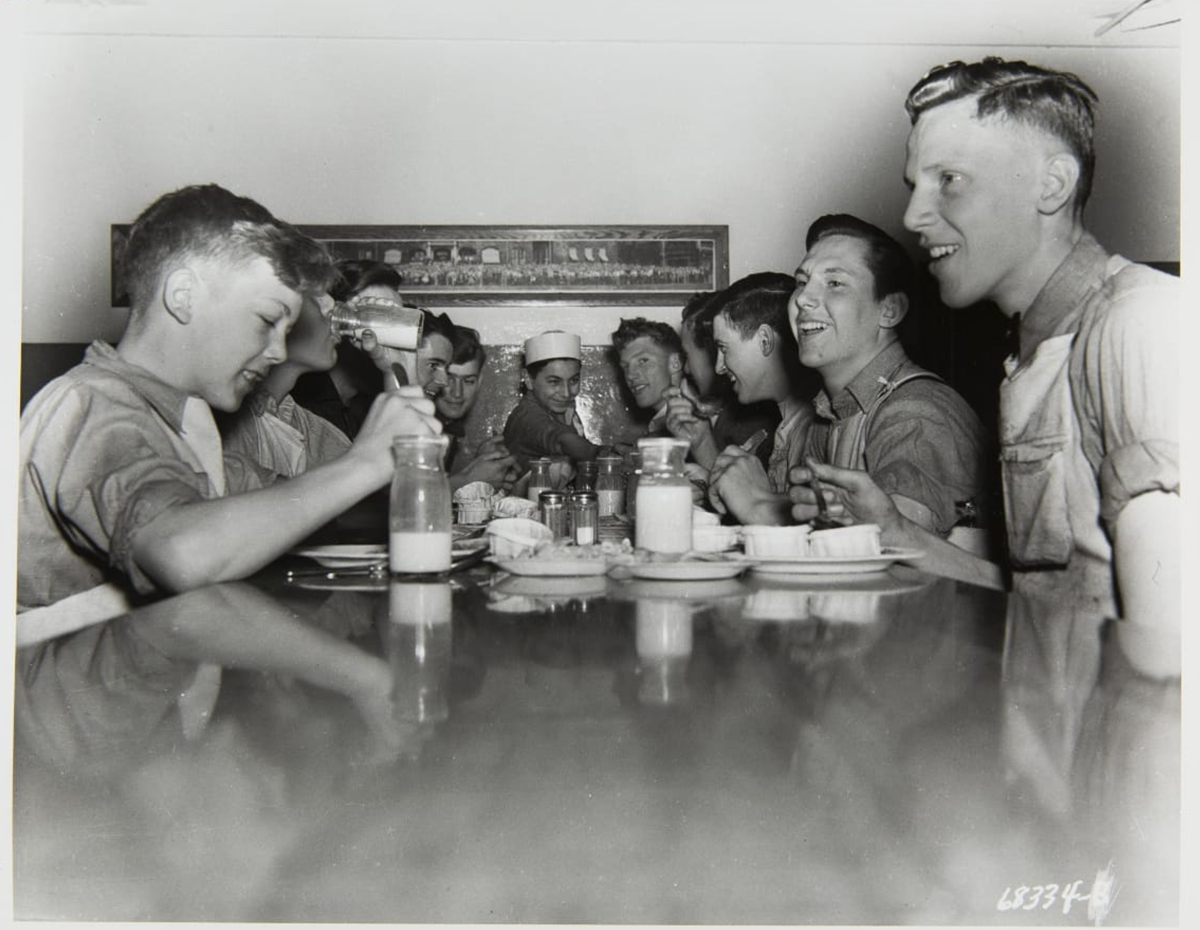
Henry Ford Trade School, 1937 / THF626068
Students at the Henry Ford Trade School drank milk out of glass bottles in 1937.
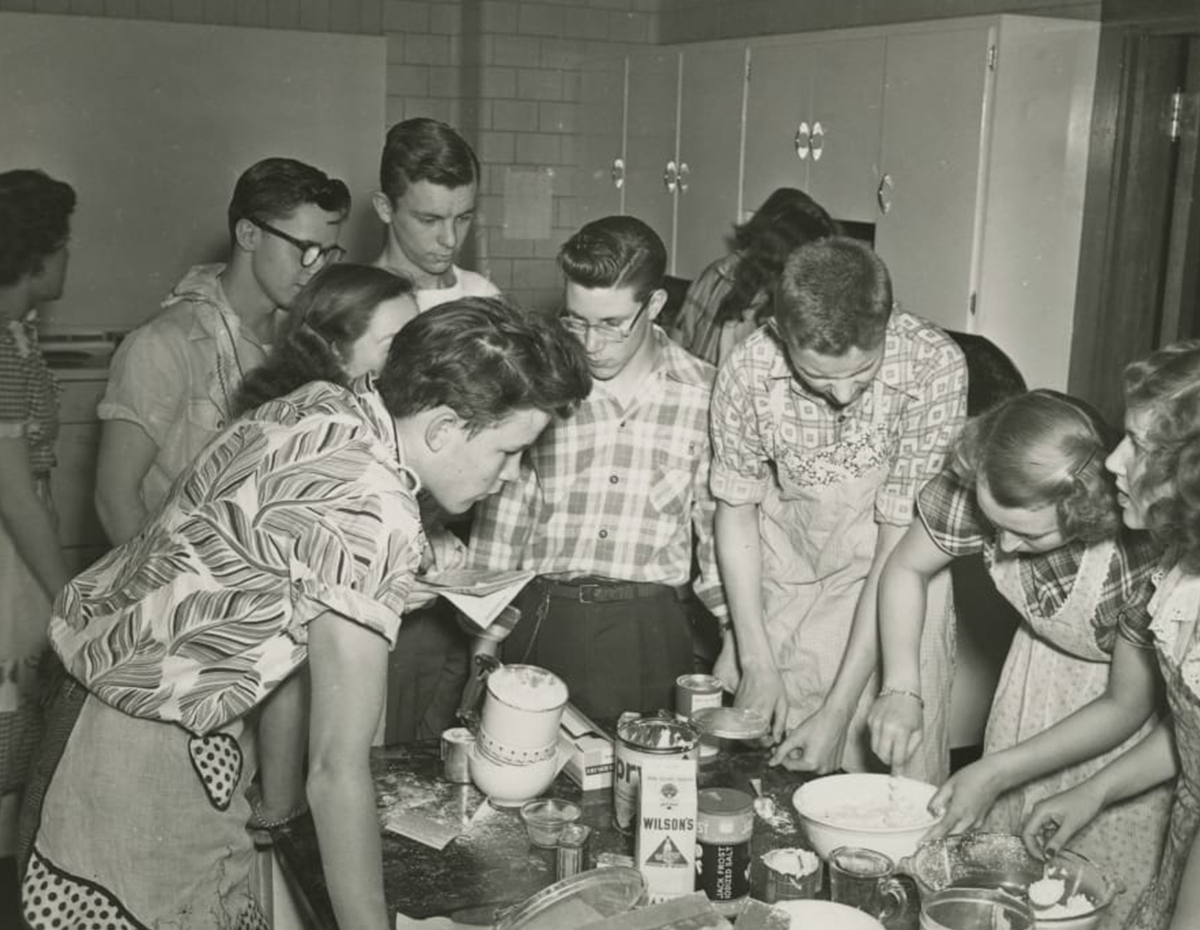
Edison Institute High School, 1947 / THF118933
Students at Edison Institute High School used milk from Ira Wilson & Sons Dairy Company, packaged in a folded paper carton, during their cooking lesson in 1947-1948.
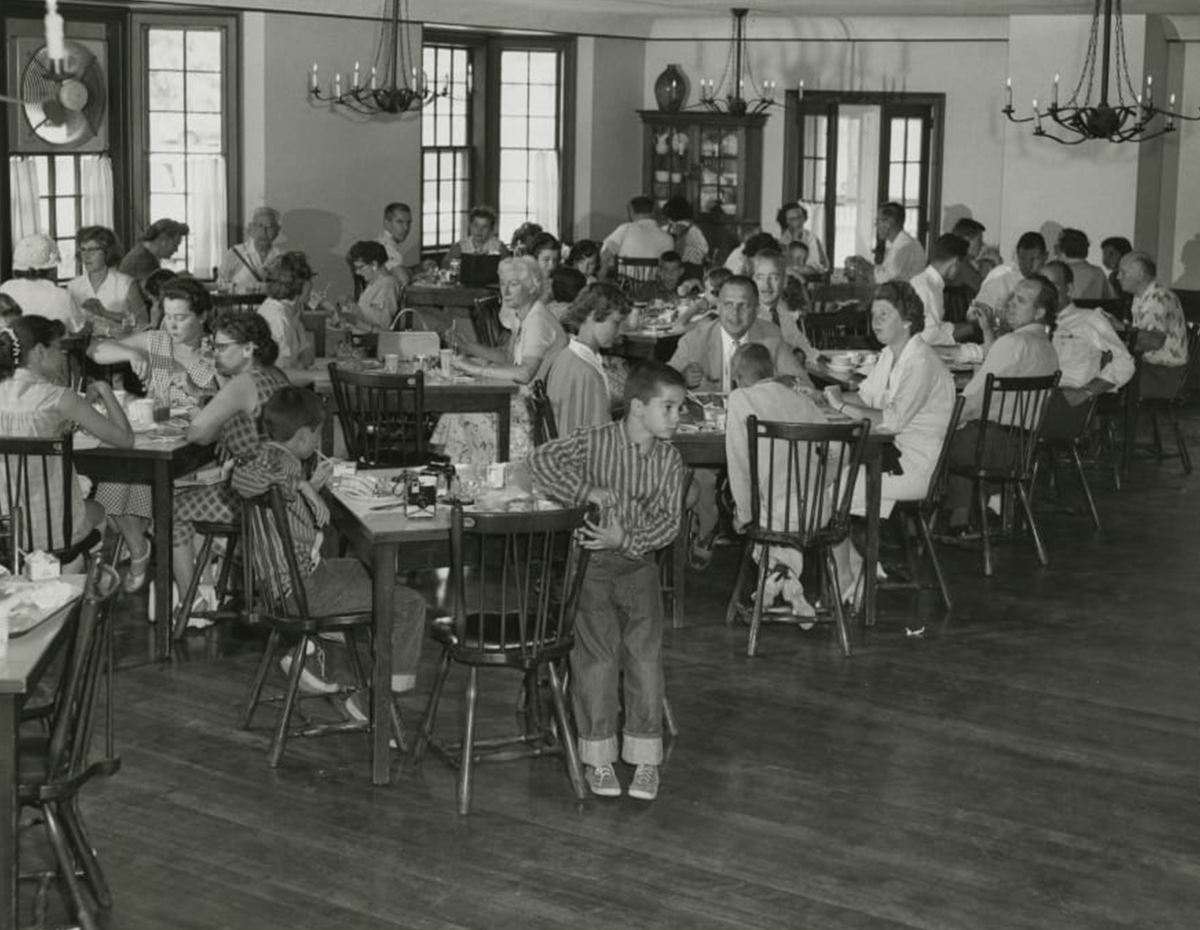
Children Visiting Clinton Inn, 1958 / THF123749
Children visiting Greenfield Village in 1958 drank milk out of paper cartons (using straws) during lunch at the Clinton Inn (now Eagle Tavern).
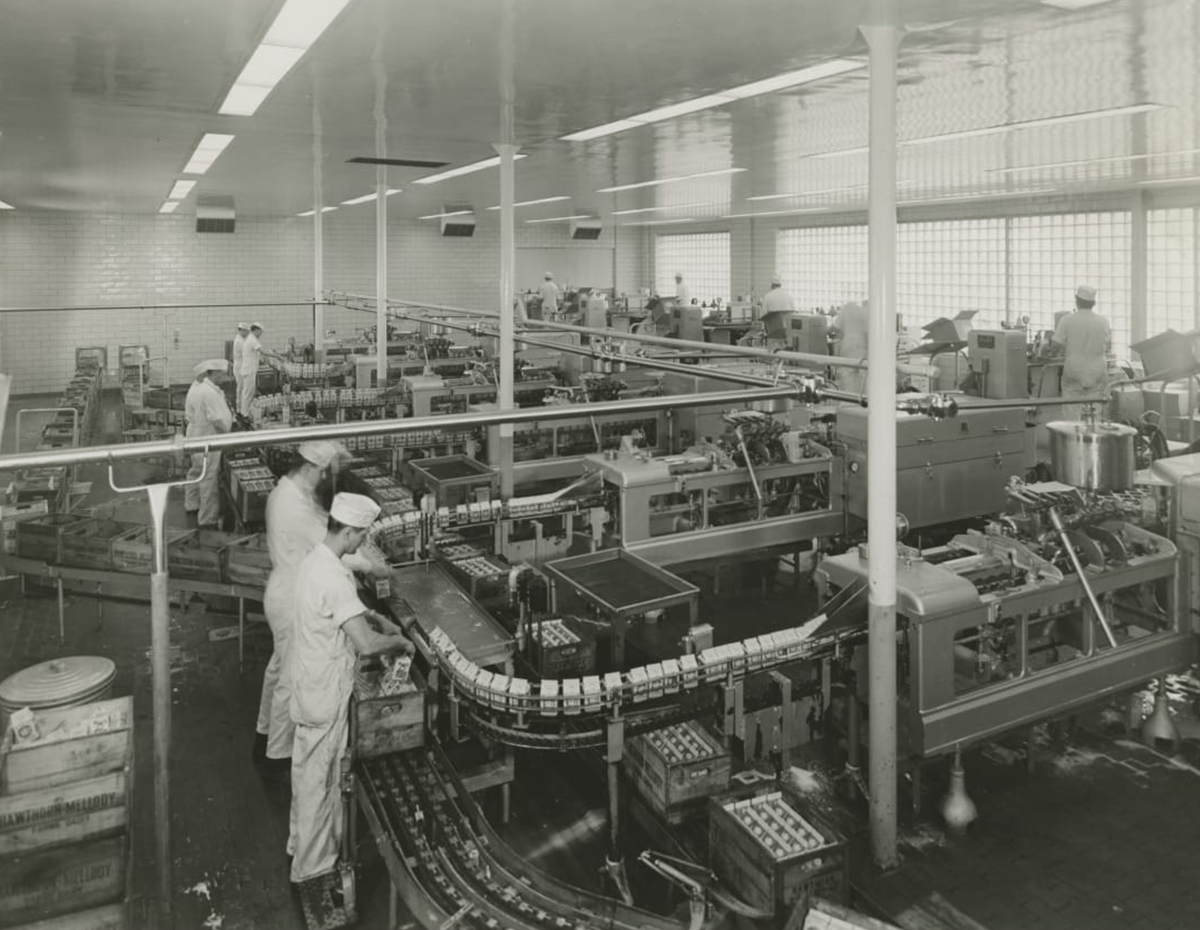
Hawthorn-Mellody Farms Dairy Processing Plant, Highland Park, Illinois, circa 1960 / THF703473
Dairies purchased the Ex-Cell-O machines to fabricate, fold, fill and seal the Pure-Pak® containers, as did the Hawthorn-Mellody Farms dairy. It distributed dairy products north of Chicago.
The folded paper carton remains the industry standard for lightweight, durable and disposable milk containers. Why? As Van Wormer explained when he applied for the patent for his improved folded blank box in 1914, it was “constructed in such manner that when its closure is opened, a sanitary spout is formed from which the contents can be conveniently poured, and, at the same time, the box is absolutely unfitted for subsequent use as a hermetically sealed package.”
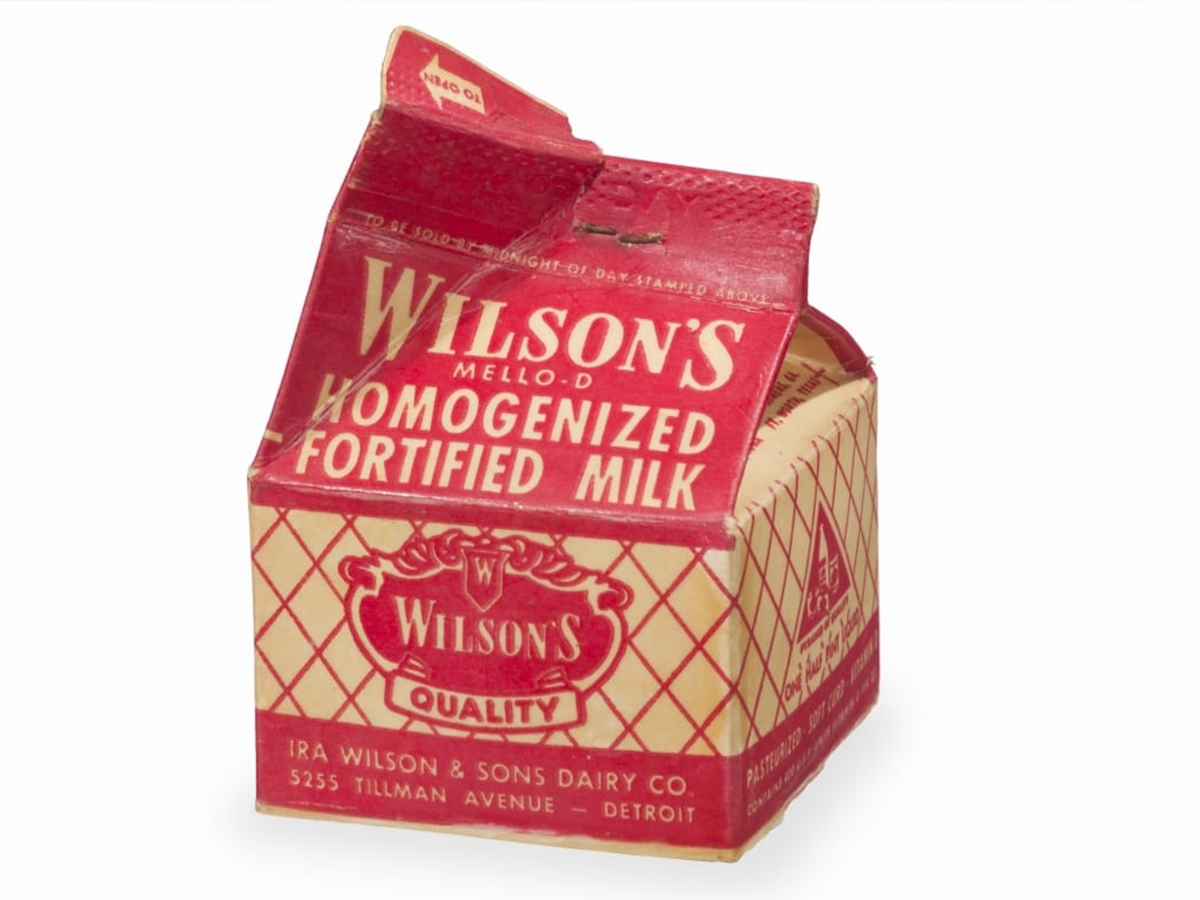
Wilson’s Milk Carton, 1956-1970 / THF169293
The design remains iconic, but single-use containers like these contribute volume to landfills every year, and their decomposition plays a role in the greenhouse gas emissions that warm the planet. These containers, starting in 1966, had a synthetic polyethylene film instead of the traditional paraffin wax coating, introduced as a cost savings and now a contributor to plastic residue in the environment.
How can manufacturers of single-use containers be more sustainable?
The current manufacturer of Pure-Pak® containers approaches this challenge proactively. Elopak began during the 1950s when company founders became the European licensee of Pure-Pak®. Elopak acquired the rights to import, install and service the Ex-Cell-O machines and to fabricate and fill containers. Elopak became the sole manufacturer of the machines and owner of the Pure-Pak® license in 1987. For decades, Elopak has worked to raise consumer awareness about environmental factors related to the production and consumption of their containers. In 2014, they launched the first carton made of renewable polyethylene (a plant-based polyethylene, also known as a bioplastic or biobased plastic). In this iteration, 75 percent of the product made from wood came from responsibly managed forests. Elopak continues environmental awareness efforts with the use of packaging known as Natural Brown Board. These cartons have one less layer and are carbon neutral and entirely recyclable.
Paper companies also advocate for sustainable forestry to ensure a supply of wood pulp for the paper carton. The resulting paper plus polyethylene carton poses a challenge to waste management. Some companies accept the cartons for recycling, others for composting, but it's important to know that the combination of two recyclable materials (paper and polyethylene) does not guarantee that recyclers accept the carton.
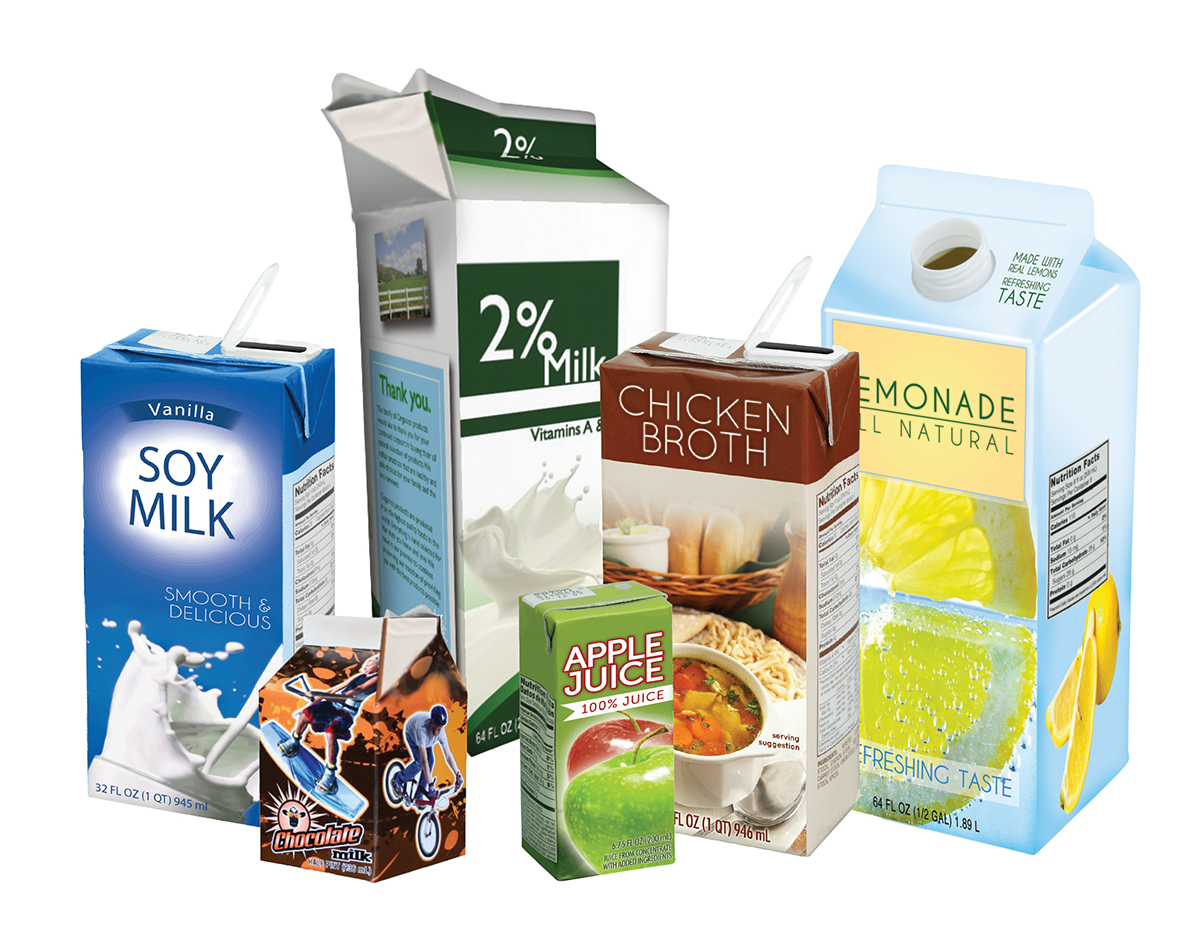
Paper Plus Polyethylene Cartons / Incto Green Max
Check with your local waste management division to see if they accept these types of paper cartons. Not all do. Remember, when in doubt, throw it out, which is better than compromising a load of recycling with a carton that your local company doesn't accept.
Thanks to funding from the Institute of Museum and Library Services, these and other objects that emphasize agricultural and environmental histories have become more accessible. Check out our digitization efforts here.
This blog was produced by Debra Reid, curator of agriculture & the environment, and Kayla Wendt, associate curator at The Henry Ford.

